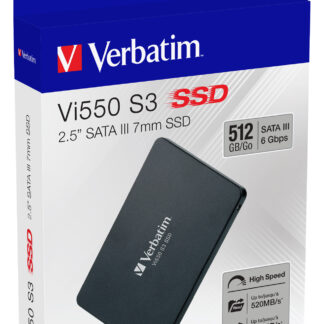Description
Why ABS?
Its strength flexibility machinability and higher temperature resistance make it often a preferred plastic for engineers and professional applications. The hot plastic smell deter some as does the plastics petroleum based origin. The additional requirement of a heated print bed means there are some printers simply incapable of printing ABS with any reliability.
Not biodegradable but stronger than PLA (same material Lego bricks are made out of). Prints at ~220-260 °C and will warp so a heated bed is needed.
If the user is getting warping problems either the bed isn't hot enough or the Z-axis isn't calibrated properly.
The bed should be at least 80 *C depending on the printer.
For all printers the nozzle should be about ~0.2mm away from the bed (about the thickness of a sheet of paper).
More durable than PLA
Available in 1.75mm and 2.85mm
Why ABS?
ABS (short for acrylonitrile butadiene styrene) is a common thermoplastic (LEGO blocks are made of ABS) that is essentially pretroleum based.
ABS is more prone to producing UFCs when compared to PLA. Good ventilation is recommended.
It produces a slight 'burnt plastic' smell when extruding.
Depending on the specifications and the color extrusion temperature can vary between 220 and 260 degrees Celsius.
Parts printed using ABS have a "bend" to them and are less brittle than PLA.
In general parts printed using ABS have a glossier finish than PLA parts.
ABS starts to become malleable (heat deflection point) at around 100 °C (which makes it more heat resistant than PLA).
ABS has a lower coefficient of friction than PLA and requires slightly less force to be extruded than PLA.
ABS can be considered the "legacy" type of filament since it was used for 3D printing before PLA.
Tips
The printing temperature guideline for printing with our Premium ABS filament is approximately 235°C to 255°C. As each desktop 3D printer has its own unique characteristics you might need to tweak around with your temperature settings a bit to obtain the best results. To obtain optimal results for your prints you need to take into account variables like your 3D printer's nozzle diameter your printing speed settings and layer height.
It is recommended to use a heated print bed when printing ABS. ABS has a tendency to warp which makes it a difficult material to print without a heated print bed. Ideally your print bed temperature should be set at approximately 80° to 110 ° C. Please note that ABS will bend under too much heat so after the first few layers it's best to turn down your print bed temperature a bit.
A good first layer adhesion is of the utmost importance in obtaining the best results for your prints. There are several tricks to get the first layer of your ABS print to stick better to the print bed of your 3D printer.
Use polyimide tape (Kapton tape or PET tape). ABS prints usually stick better to polyimide tape than to the print bed. When preparing the print bed it is better to have small gaps between your strokes of tape rather than having overlaps. Overlaps of smaller pieces of tape may cause difficulties later on during the print process.
Coat your print bed with hairspray. ABS has a tendency to stick really well to extra strong hairsprays.
Coat your print bed with ABS juice. Dissolve a little peace of ABS in 50ml of Acetone. The acetone should get slightly cloudy. To make the surface of your print bed more sticky you can lightly coat your print bed with this cloudy ABS/Acetone mixture. Please make sure not to use too much ABS in your juice as it will make your prints stick too well and be extremely difficult to remove.
PET tape and Kapton tape are unlikely to leave a residue on your print bed.
Hairspray and ABS/Acetone juice coatings will leave a residue on your print bed.


